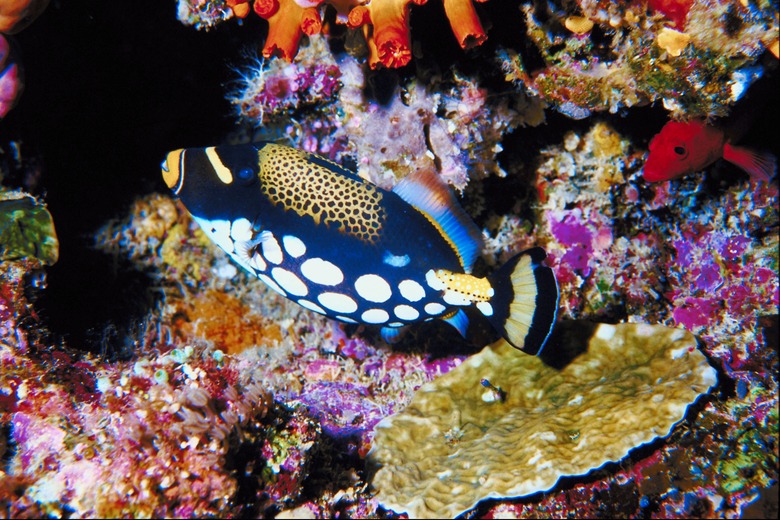Degradation Of The Ecosystem In The Philippines
The Philippines is a country rich in biodiversity and endemism, with many natural resources that contribute towards the economy and local communities. Its shorelines and coastal habitats are of particular importance, with fisheries, agriculture and industry all dependent on the country's waterways and marine environment. Threats to habitat and biodiversity loss come from various practices, including land clearing, unsustainable fishing and pollution.
Loss of Forest Cover
Loss of Forest Cover
Between 2000 and 2005, the Philippines lost just over two percent of its forest cover a year. This was the second highest rate in Southeast Asia. As of 2005 it was thought that just three percent of primary forest remained. Rapid deforestation results in various threats to the ecosystem, including loss of biodiversity, soil erosion, flooding, landslides and reduced water quality. Forests are under threat from commercial mining and logging.
Degradation of Coral Reefs
Degradation of Coral Reefs
The Philippines is a global center for marine shoreline biodiversity. Illegal collection and exportation of corals and live reef fish has resulted in significant detrimental effects on biodiversity, coral reef condition, sea grass cover and fish numbers. Only 5 percent of reefs retain over 75 percent live coral cover. Destructive fishing practices include overfishing, trawl fishing, dynamite fishing and cyanide fishing, where cyanide is dissolved in water and squirted into reefs, while other threats come from pollution and erosion.
Threats to Mangroves
Threats to Mangroves
Threats to mangroves include over-harvesting, pollution, and land clearance for agriculture and human settlement. Shrimp farming results in nearly irreversible, and economically costly, damage to the area, which is even more concerning because shrimp farms become unprofitable after just three to five years. Mangrove destruction is also linked to coral reef degradation, as reefs protect the mangroves against strong waves and currents that wash away the fine sediment on which mangroves grow.
Loss of Biodiversity
Loss of Biodiversity
The Philippines is considered a megabiodiverse country. It has a lot of unique flora and fauna; in fact, almost half of its terrestrial vertebrates and up to 60 percent of its vascular plants are unique to the country. The rate of biodiversity loss is reflected in some shocking findings. As of 2006, just over 20 percent of vertebrate species were rated as threatened by the International Union for Conservation of Nature. Around 127 bird species are considered threatened and the native Philippine cockatoo, once widespread, is now critically endangered.
Cite This Article
MLA
Smith, Clare. "Degradation Of The Ecosystem In The Philippines" sciencing.com, https://www.sciencing.com/degradation-ecosystem-philippines-23752/. 24 April 2017.
APA
Smith, Clare. (2017, April 24). Degradation Of The Ecosystem In The Philippines. sciencing.com. Retrieved from https://www.sciencing.com/degradation-ecosystem-philippines-23752/
Chicago
Smith, Clare. Degradation Of The Ecosystem In The Philippines last modified August 30, 2022. https://www.sciencing.com/degradation-ecosystem-philippines-23752/
